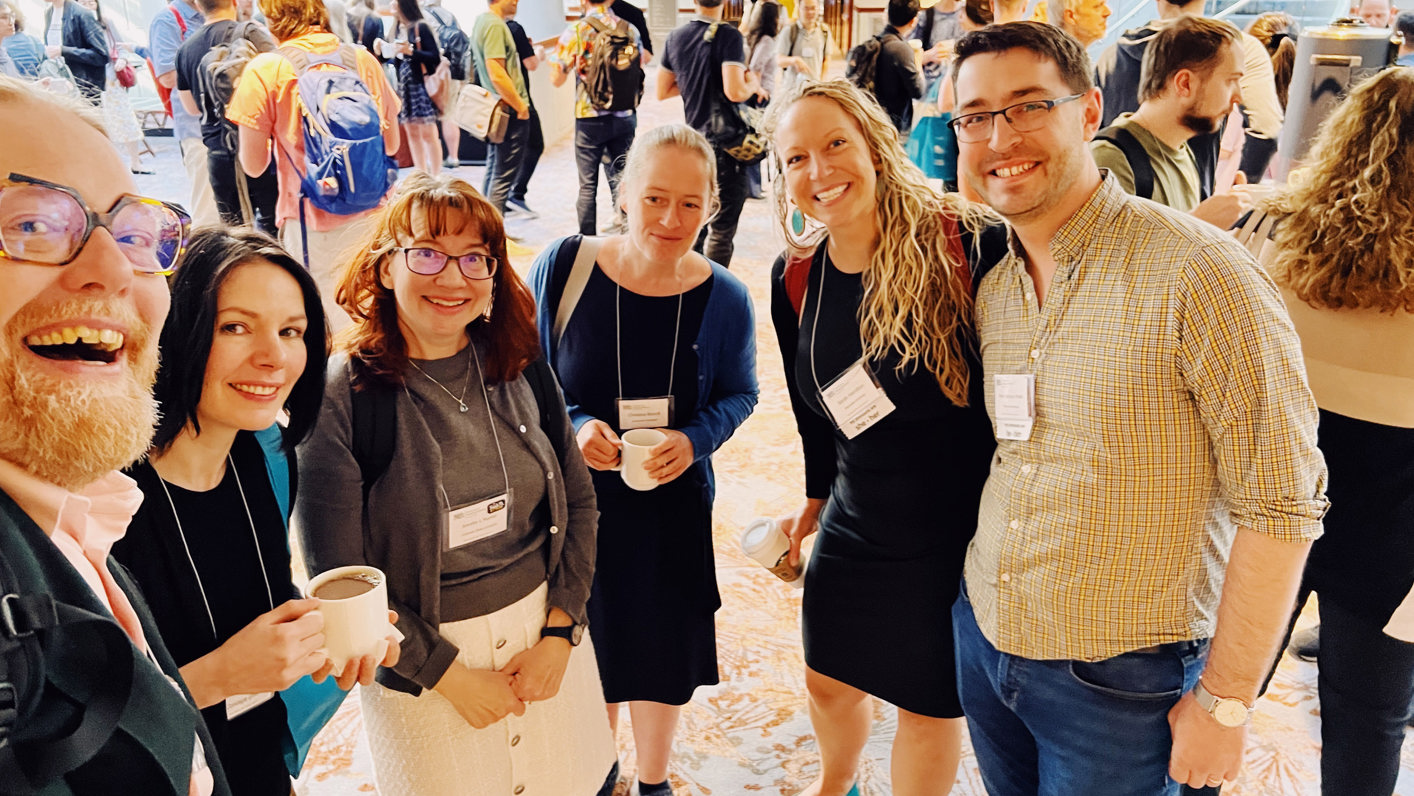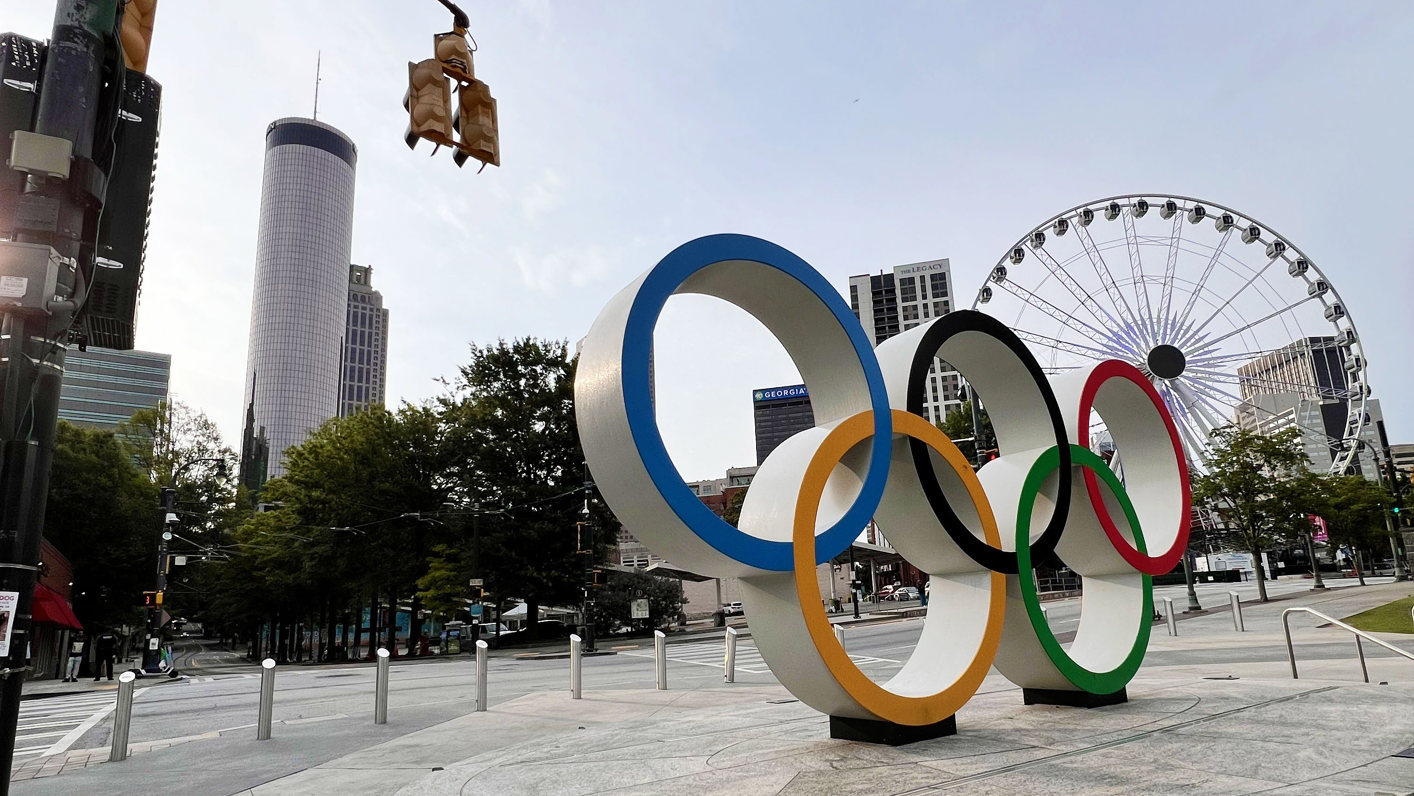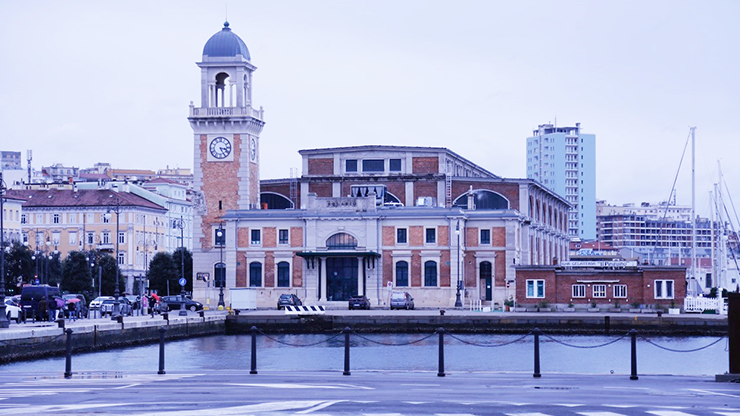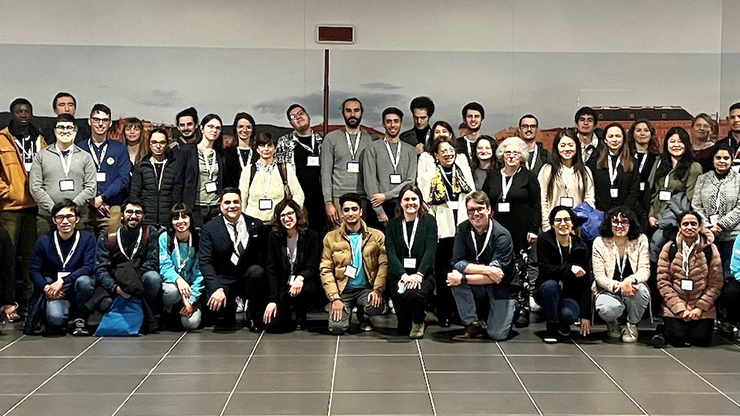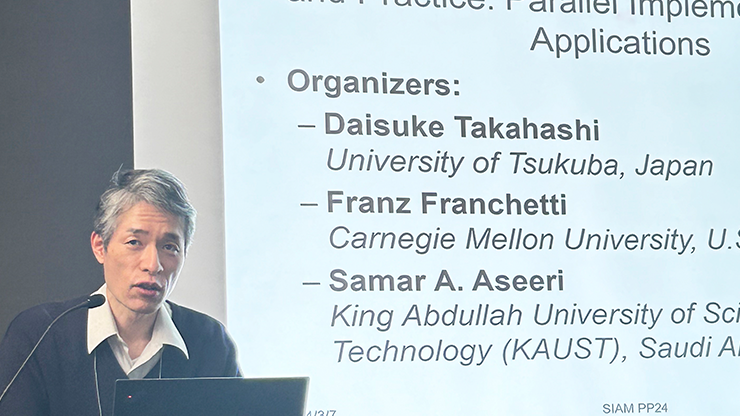Recapping the 2024 SIAM Conference on Imaging Science
The 2024 SIAM Conference on Imaging Science (IS24) took place from May 28-31 in Atlanta, Ga. Organized by the SIAM Activity Group on Imaging Science (SIAG/IS), the meeting attracted more than 300 attendees and showcased the latest advancements in the field of imaging science. Kui Ren (Columbia University) and Samuli Siltanen (University of Helsinki) co-chaired the Organizing Committee, which prepared a strong scientific program and provided ample opportunities for student engagement.
IS24 featured seven plenary talks, 80 minisymposia sessions, seven contributed presentation sessions, a special prize lecture, and a poster session. The seven plenary speakers and the titles of their respective addresses were as follows:
- Simon Arridge (University College London): “Learned Forward and Inverse Problems for PDEs in Imaging”
- Coloma Ballester (University Pompeu Fabra): “Multimodal Self-supervised Learning and Applications to Visual Data Understanding”
- Silvia Gazzola (University of Bath): “Krylov Methods for Imaging: Classical and Novel Algorithmic Approaches”
- Misha Kilmer (Tufts University): “Exploiting Tensor Structure in Imaging Applications”
- Yifei Lou (University of North Carolina at Chapel Hill): “Scale-invariant Regularizations for Sparse Signal and Low-rank Tensor Recovery”
- Michael Ng (Hong Kong Baptist University): “Signal Reconstruction from Phase-only Measurements, Dithered Quantization, or Quantized Corrupted Sensing”
- Hongkai Zhao (Duke University): “Numerical Understanding of Neural Networks: From Representation to Learning Dynamics.”
IS24 also included two minitutorials that offered in-depth instruction on specific topics. First, Yunan Yang (Cornell University) and Matthew Thorpe (University of Warwick) organized a minitutorial titled “Computational Optimal Transport in Imaging Science" that introduced fundamental concepts of optimal transport (OT) theory. Participants explored the Monge and Kantorovich problems, dynamic formulation, and popular algorithms for entropically regularized OT problems (like the Sinkhorn algorithm). The two-hour session addressed practical applications such as generative modeling in machine learning, color transfer in image processing, and seismic imaging and catered to a broad audience with a basic understanding of linear algebra, calculus, and probability.
The second minitutorial, titled “Deep Learning Techniques for Wave-based Imaging,” was organized by Youzuo Lin (University of North Carolina at Chapel Hill) and Lei Yang (George Mason University). As its title indicates, this session familiarized attendees with state-of-the-art deep learning techniques that pertain to wave-based imaging. It began with an introduction to wave physics and computational imaging theory; examined various open-source software packages and datasets; and finally showcased wave imaging solutions across different computing environments, including graphics processing unit clusters and edge devices. Additionally, a hands-on demonstration guided participants through the concepts and practical implementations of Python code within Jupyter Notebooks.
Partway through the week, Cong Ma (University of Chicago) delivered the SIAG/IS Best Paper Prize Lecture. Ma accepted the award on behalf of his collaborators Kaizheng Wang (Columbia University), Yuejie Chi (Carnegie Mellon University), and Yuxin Chen (University of Pennsylvania) — all of whom were honored for their paper titled “Implicit Regularization in Nonconvex Statistical Estimation: Gradient Descent Converges Linearly for Phase Retrieval, Matrix Completion and Blind Deconvolution,” which published in Foundations of Computational Mathematics in 2019. Established in 2010, the biennial SIAG/IS Best Paper Prize celebrates exemplary contributions to mathematical and computational aspects of imaging, including image formation, inverse problems in imaging, image processing, image analysis, image interpretation and understanding, computer graphics, and visualization.
The conference also included a poster session with nearly 30 posters—including significant contributions from students—that highlighted diverse research applications in imaging science. This event, which took place alongside the Welcome Reception, facilitated networking and discussions about the latest developments in the field. Furthermore, the SIAG/IS Business Meeting—moderated by SIAG/IS officers—provided a crucial platform for the discussion of group activities and future SIAG initiatives.
Ultimately, IS24 underscored the importance of imaging science, fostered valuable connections among researchers at all stages of their careers, and set the stage for future innovation and growth in the field. For more details and highlights from IS24, visit the conference webpage and join the conversation on social media with the hashtag #SIAMIS24.
Interested in the mathematical and computational aspects of imaging science? Consider joining SIAG/IS to expand your network and help advance the field. Membership benefits include a directory listing, discounts on conference registration, access to the SIAM Journal on Imaging Sciences, and membership in the imaging science community on SIAM Engage. Eligible members can also participate in the selection process for SIAG/IS officers and stand as candidates for officer positions. Membership is open to current SIAM members for an annual fee of $15, while outreach members and students are eligible for complimentary membership.
About the Author
Fatma Terzioglu
Assistant professor, North Carolina State University
Fatma Terzioglu is an assistant professor in the Department of Mathematics at North Carolina State University. She currently serves as secretary of the SIAM Activity Group on Imaging Science.
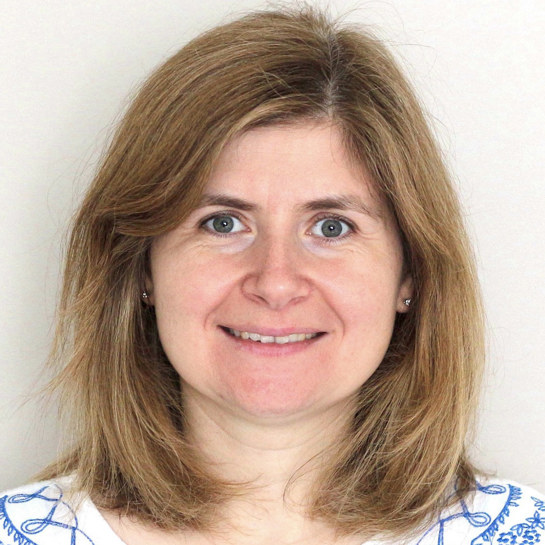
Related Reading
Stay Up-to-Date with Email Alerts
Sign up for our monthly newsletter and emails about other topics of your choosing.




